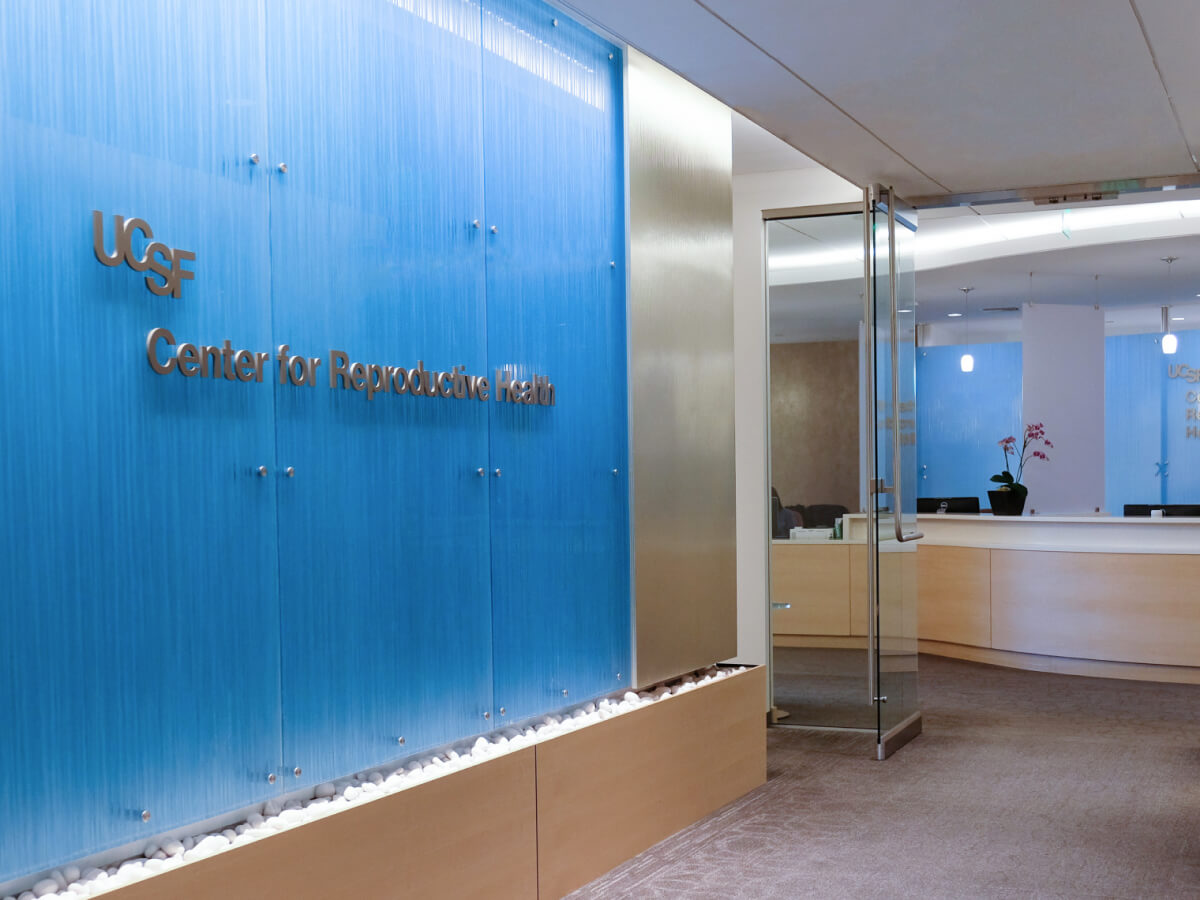The transport of sperm is dependent upon several factors. The sperm must be capable of propelling themselves through the environment of the female vagina and cervix. This environment, which is under cyclic hormonal control, must be favorable to admit the sperm without destroying them. Finally, the sperm must possess the capability of converting to a form that can penetrate the cell membrane of the egg (capacitation).
Following ejaculation, the semen forms a gel which provides protection for the sperm from the acidic environment of the vagina. The gel is liquefied within 20-30 minutes by enzymes from the prostate gland. This liquefaction is important to free the sperm so transportation may occur. The seminal plasma is left in the vagina. The protected sperm with the greatest motility travel through the layers of cervical mucus that guard the entrance to the uterus. During ovulation, this barrier becomes thinner and changes its acidity creating a friendlier environment for the sperm. The cervical mucus acts as a reservoir for extended sperm survival. Once the sperm have entered the uterus, contractions propel the sperm upward into the fallopian tubes. The first sperm enter the tubes minutes after ejaculation. The first sperm, however, are likely not the fertilizing sperm. Motile sperm can survive in the female reproductive tract for up to 5 days.










